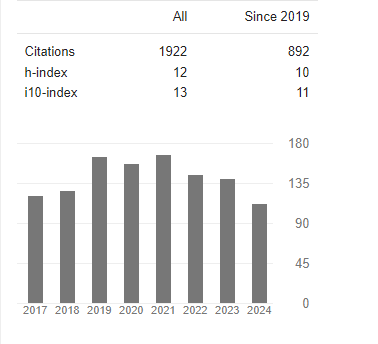Thermodynamic Formulation of Electrolytic Redox Systems According to GATES/ GEB Principles
Abstract
Anna M Michalowska-Kaczmarczyk, Tadeusz Micha
The Generalized Electron Balance (GEB) completes the set of equations needed for quantitative description of an electrolytic redox system. Two equivalent Approaches (I, II) to GEB were formulated in context with the Generalized Approach to Electrolytic Systems (GATES), as GATES/GEB. The Approach I to GEB is based on an electron balance of components and species formed by electron-active elements, termed as players. The Approach II to GEB is based on the linear combination f12 = 2�??f(O) – f(H) of elemental balances: f1 = f(H) for Y1 = H, and f2 = f(O) for Y2 = O. Linear independency/dependency of f12 from charge (f0 = ChB) and other elemental/core balances fk = f(Yk ) (k=3,…,K) for different elements/cores Yk of the system tested is the general criterion distinguishing between redox and non-redox systems. The GATES / GEB GATES is the best thermodynamic formulation of electrolytic redox systems of any degree of complexity. The GEB is considered as he general law of Nature. Some other/important/basic physicochemical properties inherent in the f21 formulation are also indicated. The principle of GATES/GEB formulation is exemplified by the titration KIO3 �?� KI + HCl.



